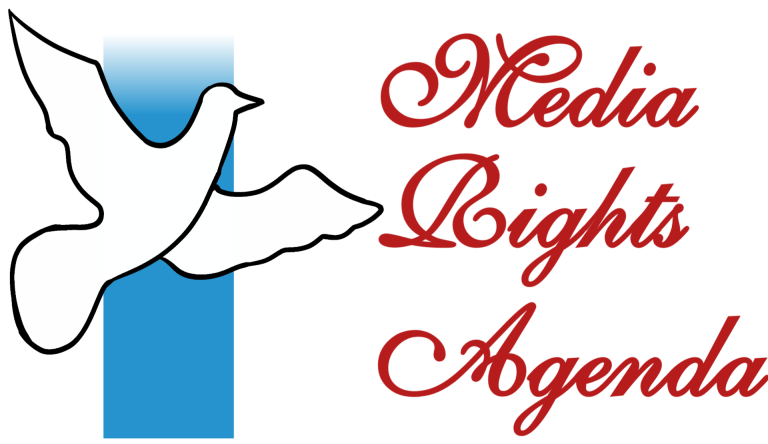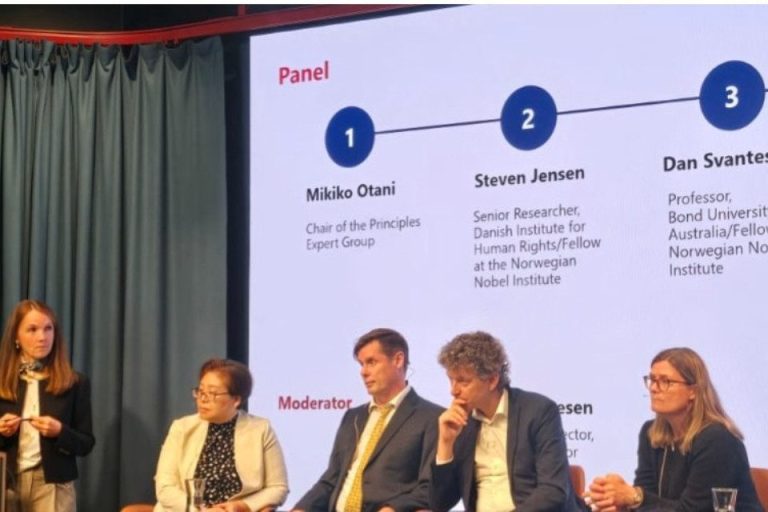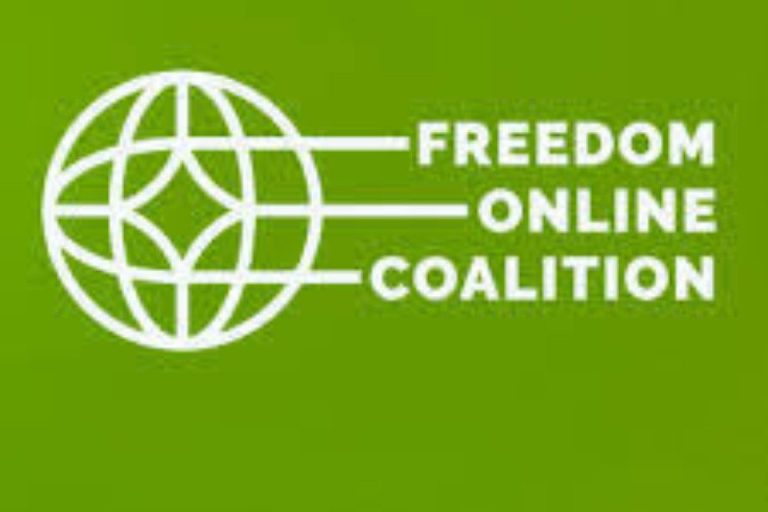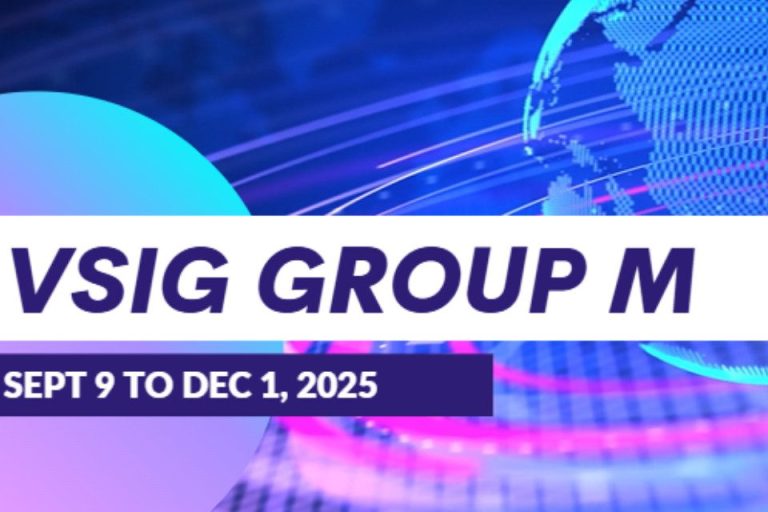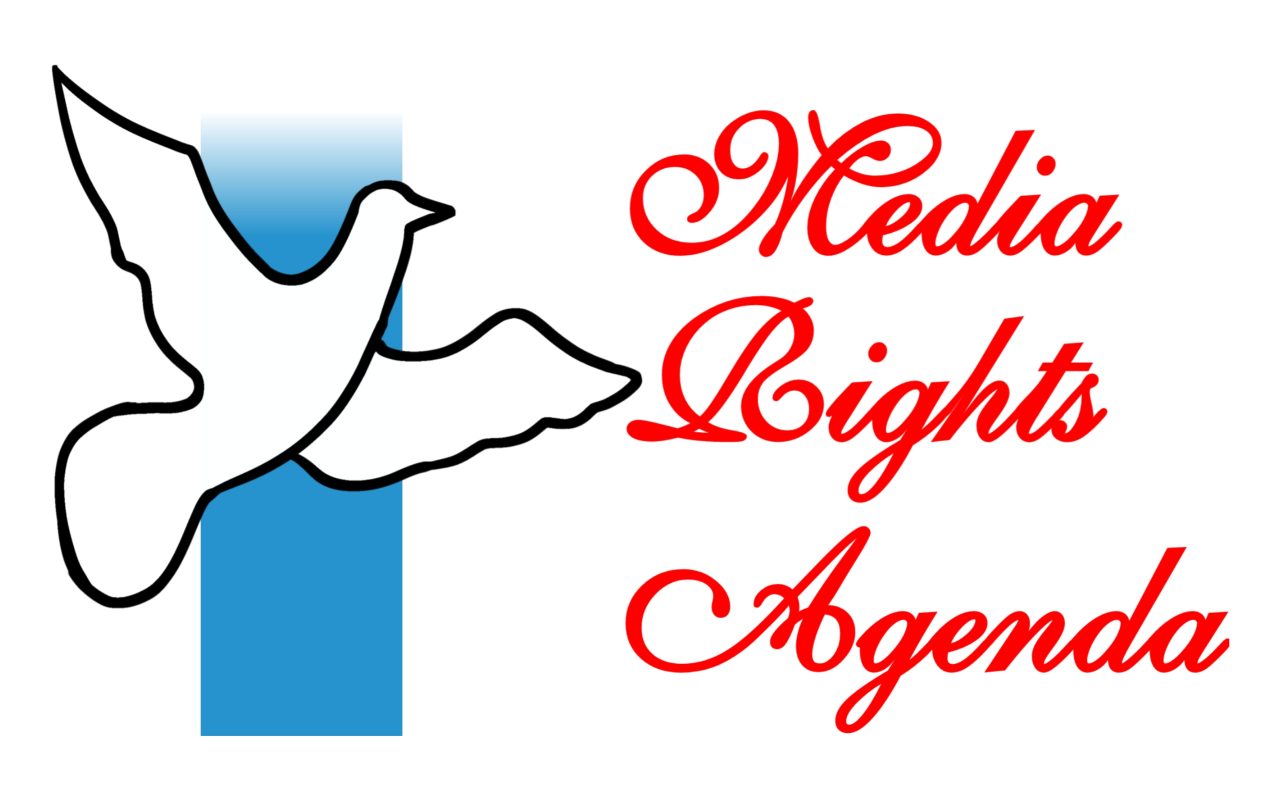The Alliance for Affordable Internet (A4AI) has identified high cost of connectivity as remaining one of the biggest obstacles to achieving the universal access pledge which sets a target of affordable, universal internet access by 2020 as one of the Sustainable Development Goals. A4AI noted that without urgent policy action, the world will miss this target by over 20 years.
The group says in its recently released 2017 [Internet] Affordability Report that though broadband prices are coming down, they are not going down fast enough and that this situation still leaves low income earners and other marginalised populations unable to afford even a basic connection.
The report notes that in 2017, the world will mark a significant milestone by attaining 50% global internet penetration. It pointed however that in spite of this advancement, for the rest half of the world that remains offline – particularly women in developing countries – it means being left even further behind as the digital revolution steams ahead.
The research further shows that the pace of policy change has been far too slow to enhance access and affordability compounded by a number of challenges.
The report found that just half of the countries studied have public access policies in place that are also backed by financial support for implementation and 45% of the countries have plans to facilitate resource sharing among telecommunications companies (e.g., sharing of infrastructure, including towers and fibre networks); even where countries have plans, implementation is rare.
It also discovered that only one in three countries have detailed, time-bound plans for making more spectrum available to meet increasing demands.
Universal Service and Access Funds, an important tool to finance strategic investments in the sector, either do not exist or are dormant in over a third of countries, according to the report while national broadband plans to guide the policy reforms needed to achieve universal access have never been developed or are badly outdated in 41% of countries.
A4AI recently released the 2017 [Internet] Affordability Report, the newest edition of its annual study of the state of policy to further internet access and affordability.
The 2017 Affordability Report analyses the progress made to enable affordable internet across 58 low- and middle-income countries, with in-depth looks at particularly effective and innovative developments. It also looks at the policy frameworks needed to achieve a “1 for 2” affordability target; explores the importance of pursuing public access solutions so that everyone can afford to connect; and points out areas where countries should focus on to enable affordable connectivity for all.
The report shows that there is still slow progress in global internet penetration, as a result there is need for urgent action to accelerate the progress, to enable the global community meet part of the UN Sustainable Development Goals of affordability and universal internet access in 2020, otherwise it will take over 20 years (2042) to attain the target.
The report notes that: “Over 4 billion people are still offline today, most of them women, most in developing countries, and most because they cannot afford to connect”.
A4AI emphasized on the need for smart policies that would encourage more competition and innovation in key areas, such as spectrum, infrastructure, and last-mile connectivity, to help achieve affordability.
The group advised that these policies should be grounded in a new, more ambitious affordability target of “1 for 2”- 1GB of data for no more than 2% of income – that enables more income groups to afford to connect. It notes that just 19 of the 58 countries assessed for this year’s report have met this “1 for 2” target.
A4AI recommended that “… it is critical that countries also implement public access solutions – including subsidised access in schools and local centres, public WiFi, and community networks to ensure that those at the base of the pyramid don’t also remain relegated to the back of the connectivity queue”.
The Organisation adopted the Affordability Driver Index (ADI) to measure the progress towards affordability. It uses the ADI to basically score countries across two main policy areas: Infrastructure (i.e., the extent to which ICT infrastructure has been deployed as well as the policy framework in place to encourage future infrastructure expansion); and Access (i.e., current broadband adoption rates as well as the policy framework in place to enable equitable access).
According to the report, Latin American countries once again dominated the top of the ADI rankings. Colombia, Mexico, Peru and Costa Rica all ranked within the top five on the ADI, and all experienced an above average increase in their ADI score from 2016 to 2017.
In the pursuit of affordable Internet for all, the organization urged all stakeholders involved in Internet policy making to prioritise the recommendations it proffered in order for all citizens to fully realise the benefits of affordable access to the internet.
It recommended the employment of public access solutions to close the digital divide; fostering market competition through smart policy; implementing innovative uses of spectrum through transparent policy; taking urgent action to promote infrastructure and resource sharing; making effective use of universal service and access funds; and ensuring effective broadband planning turns into effective implementation.
The 2017 Affordability Report is available to read online or download in PDF format.
